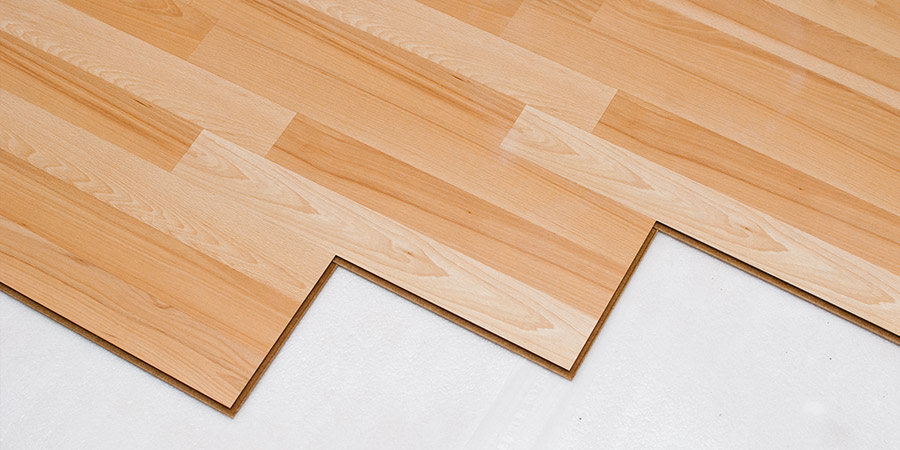
Why prepare the concrete slab?
There are many factors that go into a successful flooring installation project, from selecting an appropriate floor material to a proper installation procedure. But just as important as these—and often overlooked—is careful preparation of the concrete slab. Cutting corners on this critical step can lead to problems down the road that negatively impact the floor’s performance and shorten its lifespan.
What constitutes a good concrete slab prep?
You’ll find an answer to that question in the ASTM F710 standard. It provides guidance on the proper steps to prepare concrete slabs to receive resilient flooring.
First and foremost, the concrete floor should be clean, dry and smooth. That means free of any dust, solvent, paint, wax, oil, grease, residual adhesive, or other materials that might prevent a strong bond. Due to accelerated project timelines, installers may be tempted to leave adhesive residues from previous installations. But this can compromise adhesion of the new floor. The standard recommends non-chemical methods of removing residual materials, such as scraping, brushing and vacuuming, because chemical removers may leave a residue that adversely affects bonding of the new floor. And it reminds installers that sanding, bead blasting, or other mechanical means should not be used to remove old resilient flooring materials, as these may contain hazardous materials.
Contact a flooring specialist.
Cracks, grooves, control joints, and other irregularities must be filled or smoothed with latex patching or underlayment compound. Expansion and other moving joints should not be filled; check with the manufacturer for the recommended joint covering system.
Moisture and alkalinity testing of the slab
The standard also calls for moisture and pH (alkalinity) testing of the slab. If using the probe test method for measuring moisture vapor emission rate (MVER) outlined in ASTM 2170, the maximum limit specified by ASTM F710 is 75% relative humidity (RH). Although the standard limits RH to 75%, manufacturers often approve installation above 75% RH, if appropriate moisture mitigation steps are taken. While the standard does not define a maximum or minimum pH, it notes that pH levels below 7 and above 10 can affect resilient flooring and/or adhesives. Check the flooring installation instructions for the manufacturer’s specified limits for both RH and pH.
For newly poured slabs, the ASTM F710 standard recommends a water-cement ratio of between 0.40 and 0.45 and a minimum of 7 days wet curing time. It also recommends installation of a moisture retarder under all on- or below-grade concrete floors.
Flatness is another important factor for optimum floor performance and life. The ASTM F710 standard calls for the slab to vary no more than +/- 3/16” across 10 lineal feet. High spots should be brought down and low spots should be filled with an appropriate material.
Careful attention to these guidelines can go a long way to reducing the risk of problems and helping ensure the new floor delivers years of trouble-free performance. Taking a little extra time up front can pay huge dividends in avoiding future headaches and call-backs.
Have questions about concrete floor preparation, testing, moisture mitigation or which KOVARA®floor moisture barrier is the best option for your project? Get in touch with a flooring specialist at GCP Applied Technologies.
Related
April 03, 2018
When high-performance flooring adhesives lose the battle against alkalinity
When flooring budgets are tight, contractors often look for ways to keep installation costs down. For projects where high moisture in the concrete slab is an issue, installers may automatically turn t...
READ MOREOctober 02, 2017
Prescription for healthcare facility flooring: Best practices
Floors play a critical, yet often overlooked, role in the daily activity of today’s busy healthcare organizations. To help ensure your flooring decisions support the mission of patient care, consider ...
READ MORETags
- Airports
- Arts & education
- Building Envelope Solutions
- Commercial buildings
- Flooring
- Industrial facilities
- Infrastructure
- KOVARA
- Repair and Renovation
- Residential buildings
- Retail buildings
- Schools
- Sports stadiums
- VERSASHIELD